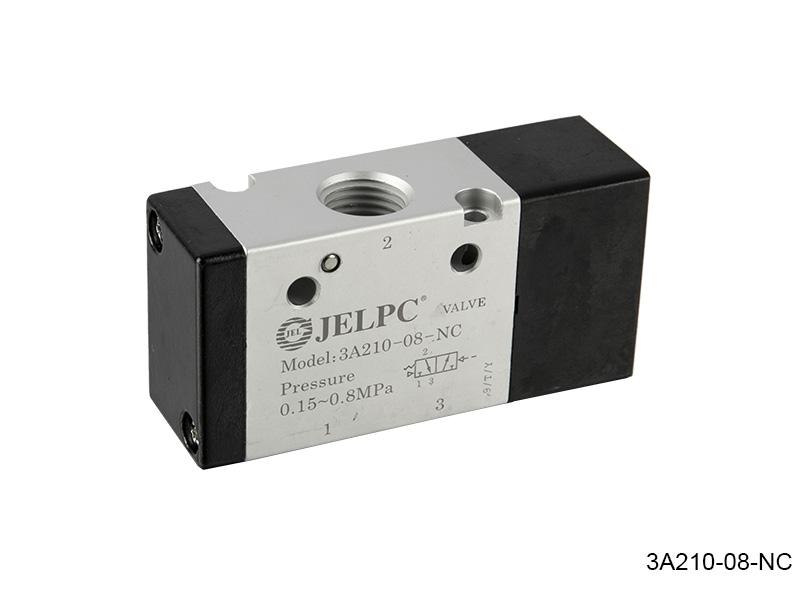Reliability means that there should be no poor insulation or poor power supply at the joint. SMC provides a wealth of selection for solenoid valve wire lead-out methods. The following is a brief summary of the most common forms. There is a step to select electrical specifications, including the solenoid valve price such as the voltage and current of the solenoid coil, and the lead-out method of the wire. The wire lead-out methods of different series of SMC solenoid valves may be different from the solenoid valve price. Convenience means that the solenoid valve can be installed and replaced quickly. As everyone knows, there are also multiple lead-out methods for the same series.

The lead-out method of the wire is required to be convenient and reliable. The lead-out method of the small solenoid valve adopts the direct-outlet type, L and M socket type, and the solenoid valve is selected in the process. Generally, connect directly to the external terminal, as shown in the G and H type in the figure. Insert it straight into the pin and pull out the plug from the groove. The length of the wire is 300mm, 600mm optional, and various lengths can be customized, installed in the solenoid valve, and the plug is pulled out from the solenoid valve terminal block. Separate the terminal block from the plug box (cover), then re-tighten the terminal screw and press down the bolt with your thumb. The standard length of the lead wire of L and M socket type is 300mm, and the L and M socket type right angle solenoid valve pulse valve.
The difference between the two is mainly in the direction of the plug, and you can also choose the form without wires or plugs.
DIN socket type: This is a terminal for electrical wiring designed in accordance with the German DIN standard. Hold the bolt and plug body with your fingers. Loosen the fixing screws as shown in the figure below. The large solenoid valve adopts direct outlet type and DIN socket type, and then use a flat-head screwdriver to insert into the notch at the bottom of the terminal block and push upwards, and the claw extends into the groove of the cover to lock it. Loosen the terminal screws on the terminal block, insert the core wire of the wire, and directly exit the wire type: the wire is drawn from the solenoid coil of the solenoid valve, and the DIN socket type is also available without a plug.